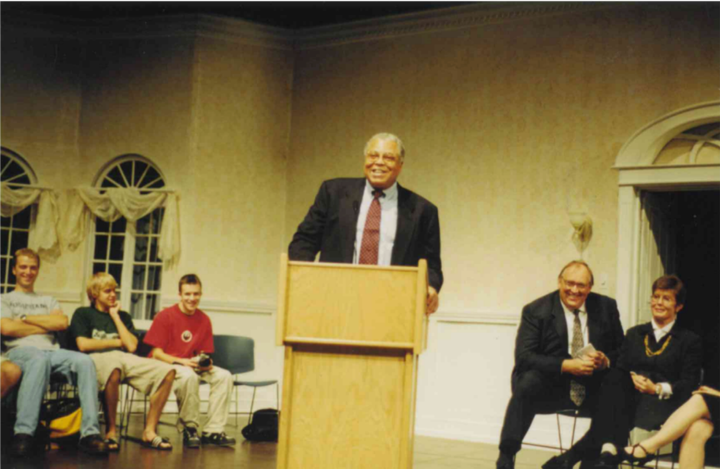Recycling with ease: dorm tips for students
REBEKAH TUCHSCHERER

In 1785, Antoine Lavoisier discovered the Law of Conservation of Mass, stating that matter can be neither created nor destroyed.
All matter maintains a constant mass within a closed system, regardless of how it’s used, altered or consumed. This matter takes form in every living and nonliving thing that surrounds us—from empty pizza boxes, to your roommate sitting across from you, to the stray M&Ms stuck in the futon.
However, many of the products that we use on a daily basis—newspapers, aluminum cans, plastic bottles—have the capability to do more than take up space in dorms and landfills. They can be reprocessed and made into new products through recycling, a process that saves energy and natural resources.
According to The Garbage Project, a study of waste conducted by the University of Arizona, many recyclable products take years to break down when left in a landfill to decompose. At minimum, aluminum take 80 years, plastic bags take 500 years, and glass bottles take one million years.
Augustana University currently has blue and green recycling bins stationed next to trash bins and receptacles in every dorm and academic building. In addition, red recycling dumpsters are located outside of Bergsaker and Stavig Halls.
While these bins might have labels for different products (i.e. paper, plastic, glass), the Sioux Falls area uses a single-stream recycling system.
This means that all recyclable products can be placed in the same container, regardless of the label, and will be sorted out at the recycling facility.
So, even if your dorm floor doesn’t have a container labeled ‘paper,’ you can still recycle your old Bonhoeffer essay without walking down a few flights of stairs.
A recent study by Yale University found that current recycling levels across the nation are only at 21.4 percent. However, if more people choose to clean out their yogurt containers and throw them into the green container just a bit to the left, the environment and economy would benefit greatly. Here are a few tips on how to help out the earth:
- Find out what materials are recyclable in your college or county.
In Lincoln county, glass, steel, tin, aluminum, plastic, cardboard and paper are acceptable materials to recycle. This excludes takeout containers, rubber materials, and electronic products. Try to keep waste products and non recyclable materials out of the recycling bins, as waste that has to be separated at the facility can decrease efficiency, making the process more costly for the general public.
- Rinse out your damn yogurt containers.
Make sure that the empty containers, bottles, and other materials you’re throwing in the recycling are clean of any left over food, drink or cleaning product. This can slow down the processing time and make the recycling process less efficient.
- Designate a trash can or box for recycling in your room.
When recycling is made as accessible as the normal trash can, the process of saving the earth can seem less daunting. It might also encourage your roommate and friends to start recycling, because hey, all the cool kids are using the green containers.
Currently, about 40 percent of all materials thrown into landfills meet the requirements to be recycled into new materials.
With just a bit of help, Augustana can do its small part in saving the earth. Just make sure to recycle this newspaper after reading it.



